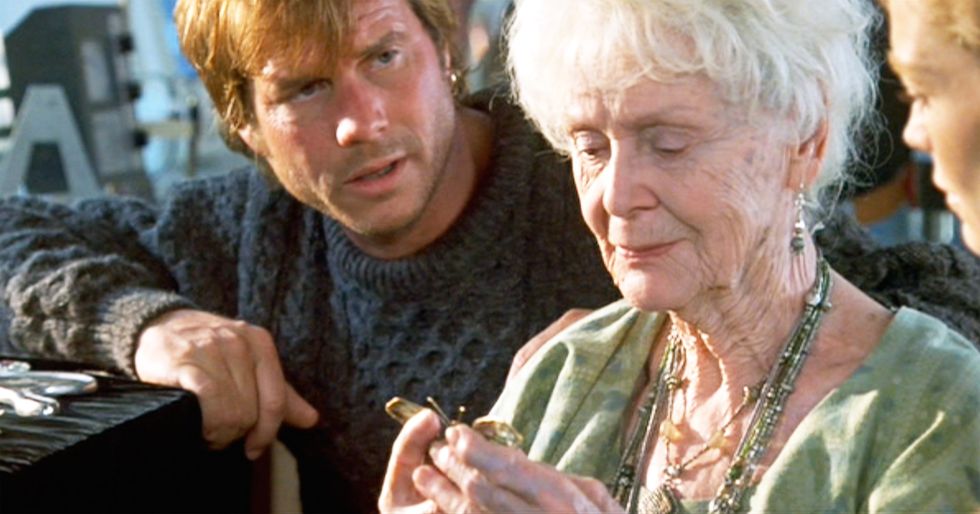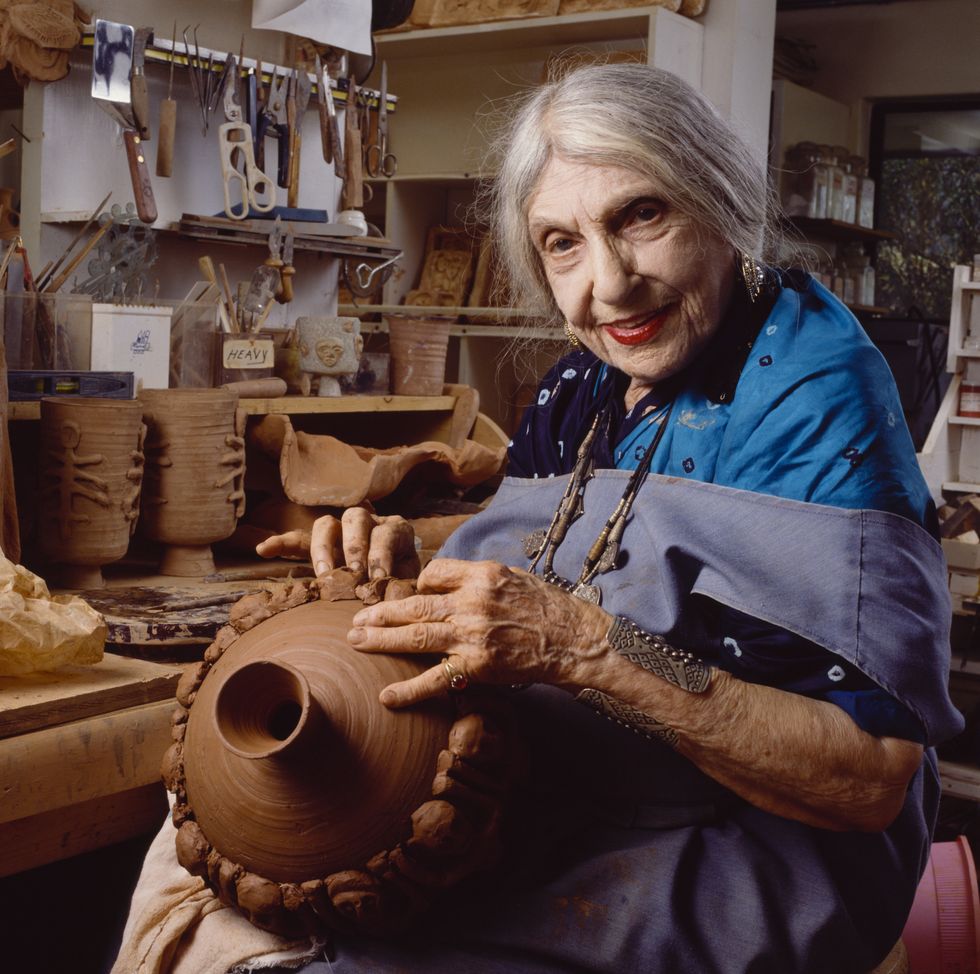
The Real-Life Inspiration for Rose From Titanic
James Cameron had this amazing artist in mind when he created Kate Winslet’s iconic character.
Depicting a fictional love story amidst a real-life tragedy, director James Cameron’s Titanic (1997) mixes both historical and imagined elements, as well as people. Some characters, like Leonardo DiCaprio’s Jack Dawson, are purely fictional, while others, like Kathy Bates’ portrayal of the “Unsinkable” Molly Brown, were based on real individuals.

Kate Winslet portrayed protagonist Rose DeWitt Bukater, the love interest of DiCaprio’s character. A young heiress and socialite forced into a loveless engagement with a wealthy man (played by Billy Zane), Rose becomes enamored with Jack, a poor, free-spirited artist who made his way onto the doomed vessel.
Even a quarter-century after the film’s release, one of the most common questions among views of Titanic remains: Was Rose based upon a real person? The answer, according to Cameron, is yes … and no.
There was no Rose DeWitt Bukater aboard the actual Titanic, nor was she based upon any specific passenger of the ill-fated ship. But the character was partially inspired by Beatrice Wood, an avant-garde artist and studio potter who captured Cameron’s imagination and directly inspired elements of the older version of Rose’s character, played by Gloria Stuart.
“Beatrice was proof that the attributes of Rose’s character that I thought might have been perceived as far-fetched were not,” Cameron wrote in Titanic: James Cameron’s Illustrated Screenplay.
The Real-Life Rose
While Cameron was developing the film that would become Titanic, actor Bill Paxton’s wife, Louise Newbury, lent him a copy of I Shock Myself, Wood’s autobiography. (Paxton, a regular collaborator with Cameron, had a supporting role in Titanic.) Cameron immediately saw similarities between Wood and the protagonist he imagined for Titanic.
“The first chapter describes almost literally the character I was already writing for Old Rose,” Cameron wrote in the Illustrated Screenplay. However, Cameron noted that Wood is “only a refraction of Beatrice, combined with many fictional elements,” including memories of his own two grandmothers, one of whom was named Rose.
poverty. But I was free. And freedom means a great deal to me.”

Wood became romantically involved with cubist painter Marcel Duchamp, founding and editing Dadist magazines with Duchamp and writer Henri-Pierre Roché. Wood partially inspired Roché to write the novel Jules et Jim (1953), about a love triangle between three Bohemians, which was adapted into the French New Wave film Jules and Jim (1962) by François Truffaut.
“Charming, Creative, and Devastatingly Funny”
Wood eventually settled in Ojai, California, near where Cameron lived while making Titanic. He spent a few weeks with her to learn more about her life and personality, which influenced the development of Rose’s character.
“When I met her she was charming, creative, and devastatingly funny. And her memory of her teenage years was extremely lucid,” Cameron wrote in the Illustrated Screenplay.
The artist’s studio in which Titanic viewers first see the elderly version, working over a pottery wheel, was directly inspired by Wood’s real-life home. Additionally, when Jack paints a nude portrait of Rose during one of Titanic’s most famous scenes, Rose mentions the famous French painter Claude Monet, whom Wood had met and even watched paint in real life.

When Titanic was released in 1997, Cameron invited the 104-year-old Wood to the premiere, but she was unable to attend for health reasons. Instead, Cameron and Stuart personally visited her and gave her a video copy of the film.
Wood watched the movie, however, saying, “It was too late in life to be sad.” She died on March 12, 1998, at age 105.
